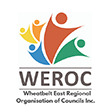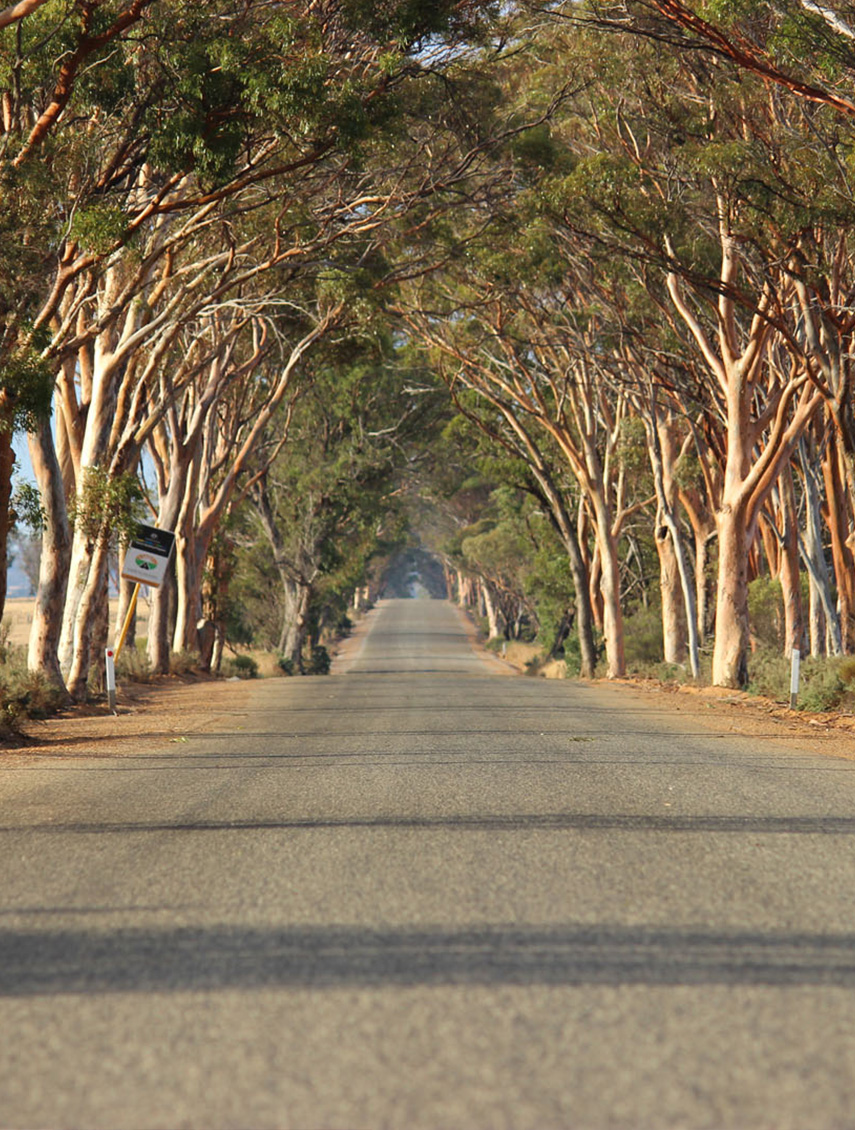The WEROC region covers an area of 43,136km² in the Eastern Wheatbelt, encompassing six Local Government areas. The estimated resident population of the WEROC region is 7,043 (ABS Census 2021). Merredin as the largest town within the WEROC region, acts as a regional hub for government, population services and commerce.
The WEROC area is a region of small businesses with 54% of registered businesses being non-employing and a further 43% employing less than 20 people. Agriculture is the largest industry by volume of registered businesses (47% of all registered businesses are classified as agricultural) and is also the principal industry of employment across the WEROC region. While agriculture is still an important employer within the Shire of Yilgarn, as a percentage of employed persons mining (gold and iron ore) is the largest industry of employment
The WEROC regions Gross Regional Product (GRP) is estimated at $1.896 billion (25% of the total GRP for the Wheatbelt).
At an estimated $1.201 billion, mining is the largest value-added contributor to the WEROC region’s economy. Mining in the WEROC region accounts for 78% of the mining value-add for the entire Wheatbelt region. Agriculture, Forestry and Fishing is the second largest value-adding industry with a contribution of approximately $128 million.


